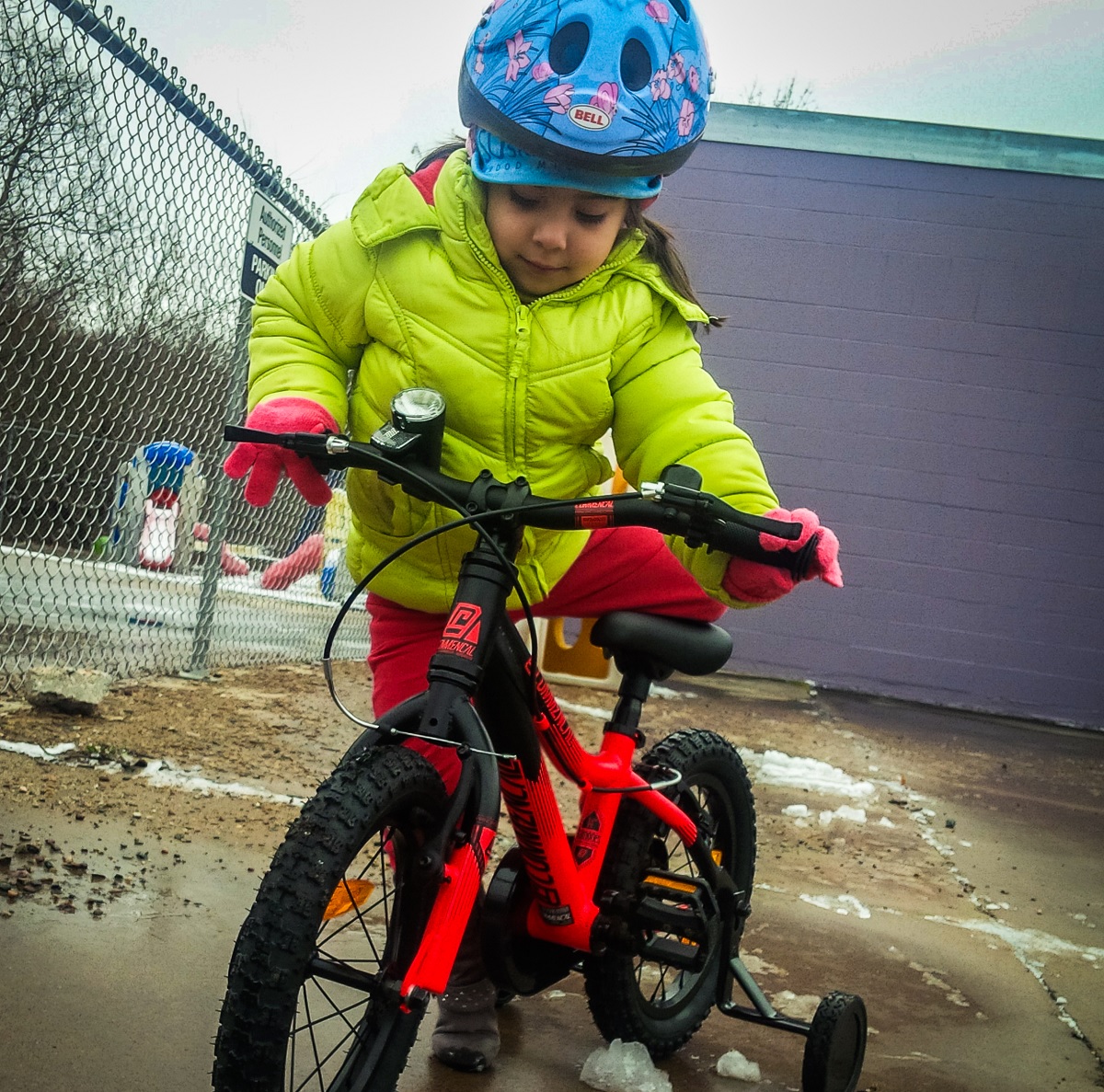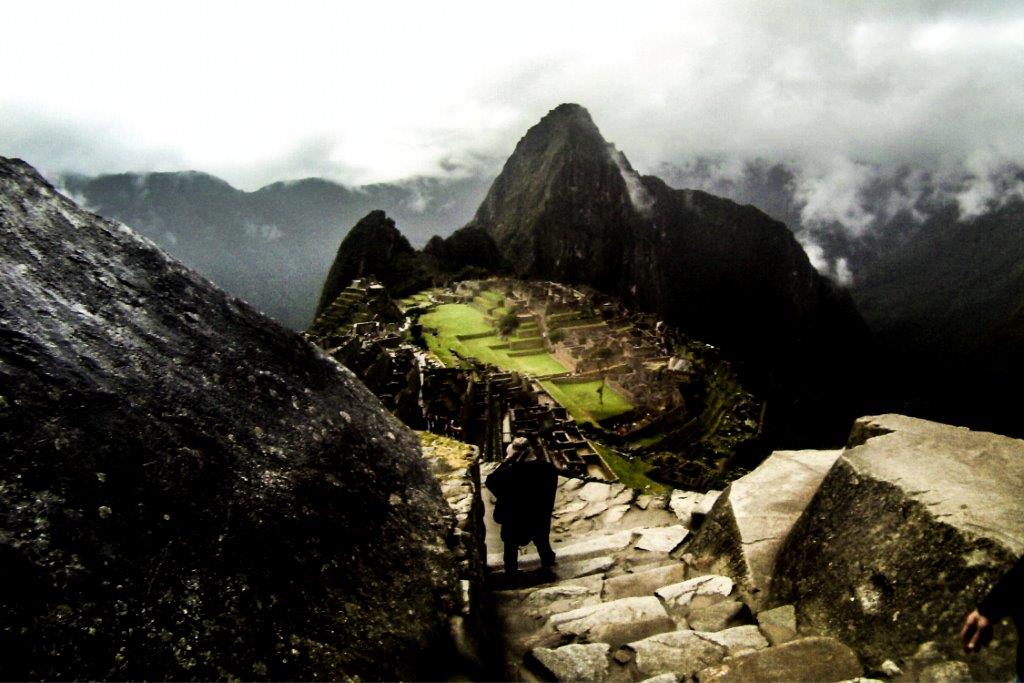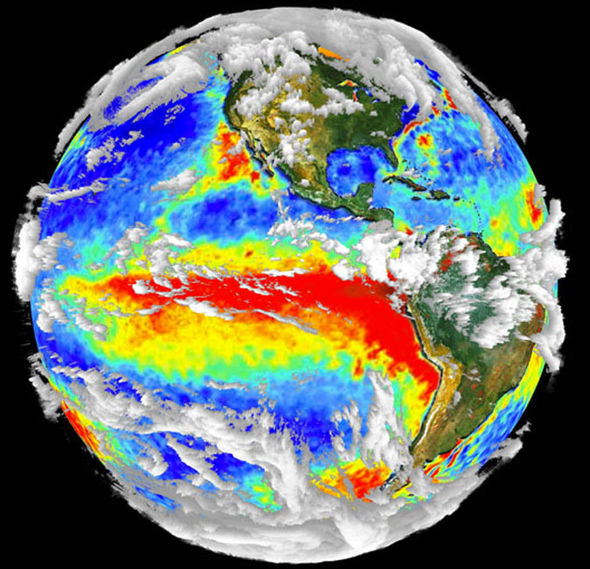I wrote this article a few years back for Silent Sports, but the topic hasn’t gone away. These days Lima is becoming a city of bicycle lanes, so you’re hearing a lot more people grumble about cyclists. However, I contend that most people have been programmed through our social institutions to have an unreasonable prejudice against cyclists. Changing the designation from “vehicle” to “pedestrian” would be a good start to a safer attitude, particularly when you consider that you don’t need a license to ride a bicycle, and therefore motorists CANNOT assume a rider knows the rules of the road.
I was twelve, riding my bicycle on a 60 mile organized ride when a guy in a red pick up truck pulled up beside me. It was a rusty truck, and the driver was a younger man in greasy clothes with unkempt facial hair.
For the most part on this ride, I’d received encouragement from motorists, so I looked over at this driver with a smile thinking he was slowing to tell me I was doing a good job. It turned out that wasn’t the case.
“Move over,” he shouted, his face contorting in growing rage. “Get the f#$k off the road!”
I turned back to focus on my handlebars not sure if the driver was about to sideswipe me with his car. I was terrified. My heart rate shot through the roof and I felt weak and vulnerable. The instant reverse of emotion left me confused. Had I done something wrong? I checked my position on the road and saw I was appropriately riding to the right of the white line. When you’re twelve you always assume that you have committed an error when you get berated by an adult. You’re rarely instructed on defending yourself in instances of abuse of power.
The driver of the pick-up truck hit his accelerator and the engine growled as the vehicle pulled away. I watched the truck drive off into the distance, and then pulled over to sit for a moment and collect myself. I was shaking. The lunatic could have killed me with the slightest turn of the wheel.
If I’d been empowered, I would have picked up a phone and called the police. But that thought never even crossed my mind, and I doubt I’d have been taken seriously even if I’d made a complaint.
There are a dozen instances I can remember being harassed while riding as a teenager. Now that I’m in my forties and weigh more than two hundred pounds, I don’t get as many “tough guys” stopping to berate me. However, I don’t feel cyclist/motorist relations have gotten any better and I don’t think it will get better until cyclists are more assertive about their rights.
There is an indisputable and unreasonable anger out there regarding cyclists. The phenomenon is bigotry, plain and simple, and you see it manifest in the undercurrents of news reports and social media. I saw an article that referred to cyclists as “bike nazis” recently, and the term made me recoil. There was even a feature on Inside Edition called “Out of Control Cyclists” where the reporters used a radar gun to get cyclists’ speeds, then berated the one or two they found doing 26 in a 25 zone. The fact that they didn’t compare their results to the number of motorists doing 56 or more in a 55 simply underscores their prejudice.
The vast majority of the cyclists I know are intelligent and reasonable people who are fully aware of the motorist hatred they’re likely to face while riding. Their solution is to always assert that cyclists must obey traffic laws. I respect the fact that this is a sincere attempt at diplomacy, however, I think putting the onus on cyclists to correct the situation is a losing proposition. You can spend all day arguing about who is at fault, but I’m more curious as to why there is such anti-cyclist anger, and I believe I’ve figured it out.
The problem is that bicycles are designated as vehicles when it would make more sense to designate cyclists as pedestrians.
Think about it.
In our driver education classes, the emphasis is always on defending yourself against a crash with another vehicle. Other vehicles are defined as “the enemy” and drivers are trained to fear erratic drivers. Vehicles that run stop signs or speed are likely to get you killed. Drivers are conditioned to fear erratic vehicles, and cyclists are going to be perceived as erratic through no fault of their own. Cyclists speeds are lower, they’re prone to stops, they don’t have proper turn or break indicators, the list goes on and on.
The result is that drivers are inadvertently trained to be suspicious of cyclists before they ever even encounter one on the road.
Driver conditioning regarding pedestrians, however, is a different story. Remember the driver simulator scenario where the red ball bounced out into the street followed by the giggling toddler? Nobody ever wants to cause harm to a toddler, but still that lesson was underscored again and again. Your instructor would ask, “Do you want to live the rest of your life knowing you hurt this child?” You, as the driver of a vehicle, will bear responsibility for hurting a pedestrian even when that pedestrian is breaking the rules of the road. The point emphasized during these classes was not some moral grandstanding about obeying the rules, the point was to protect human life.
Why isn’t that perspective applied to cyclists?
What logic was behind the ill-fated decision to define cyclists as “vehicles?” Are skateboards considered “vehicles?” Are roller skates? Is there some overriding terror that cyclists are more prone to hurting joggers or walkers on shared paths? True, there are statistics detailing cyclist/walker collisions, but these are astronomically less likely to result in a fatality than motorist/cyclist crashes. Why, as a society, are we willing to accept the high number of cyclist fatalities from crashes with motorists in order to prevent the almost non-existent harm cyclists might inflict on joggers or walkers? Whenever I see a sign that says, “Let’s achieve zero deaths on our roads,” this is the situation I consider. It’s hard to believe zero deaths is a legitimate aspiration when such an obvious method of cutting down fatalities is so blatantly obvious and obstinately ignored.
When you encounter an anti-cyclist bigot in person or on social media, they’re prone to state, “cyclists don’t obey the rules of the road.” I did some research on this and found an article titled “Who’s To Blame in Crashes Between Cyclists and Motorists” which showed young cyclists are the only user group which is more commonly at fault than the drivers in crashes, especially cyclists under the age of 16. That makes sense when you consider that cyclists under the age of 16 don’t yet have their driver’s license and, as a result, can’t be expected to know the rules of the road.
This is a very important point. You don’t need a license to ride your bicycle any more than you need a license to walk down the street. In that regard, cyclists are already treated as pedestrians by our legal system.
Part of the problem with making generalizations is that you begin to include widely different user groups under the same designation. When people in the media start complaining about cyclists, I believe they’re thinking of guys with shaved legs and pointy helmets riding five thousand dollar bicycles at twenty five miles per hour. They are not, however, referring to a kid in ripped blue jeans carrying a fishing pole who looks like he just stepped out of a Norman Rockwell painting. But when reporters are intensely critical of cyclists, the kid with the fishing pole is likely to bear the brunt of the rage incited in the general public. The cowards who are swayed by unfair reporting are more likely to go out and bully a child than pick a fight with an adult.
There needs to be a vast reprogramming of the general public to help save cyclist lives. It doesn’t make any sense to designate cyclists as “vehicles,” especially since cyclists are not afforded the same rights as vehicles in many circumstances and are at much greater risk of severe injury. Simply designating cyclists as pedestrians helps correct the motorist perspective on how to share the road with vulnerable users. Instead of thinking, “That cyclist is probably going to blow through that stop sign and hit me,” they think, “If that cyclist goes through that stop sign I’ll hit him.” Changing the designation converts the hunter into the hunted, and will save lives. Furthermore law enforcement focus needs to be exclusively on ticketing drivers rather than harassing cyclists already engaged in defensive riding techniques.
Although I appreciate the efforts of cyclists to take the high road and insist cyclists must obey traffic rules, in practice, that tactic amounts to little more than victim blaming. The kind of widespread change necessary to correct the persecution cyclists face on the roads is a daunting task and needs a more focused strategy. There are too many news stories about motorists slaughtering cyclists, and something needs to be done.
I have two daughters who are 8 and 5 and just learning to ride their bicycles. Honestly, at this point, the prospect of their sharing the road with motorists in the near future absolutely terrifies me. Most of my cycling friends have already migrated from the road to trails or gravel paths. That represents a concession on the part of the cycling community, now it’s time for the motorized community to make one as well. Consider the logic of designating cyclists as pedestrians and engage that as a topic of conversation the next time you stumble upon an argument over cyclists’ rights in public or online. The change doesn’t have to happen today, but let’s make the question part of the discussion.









